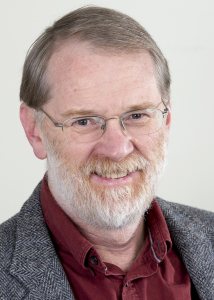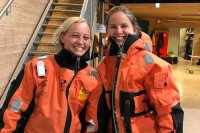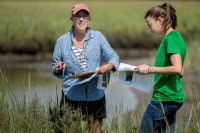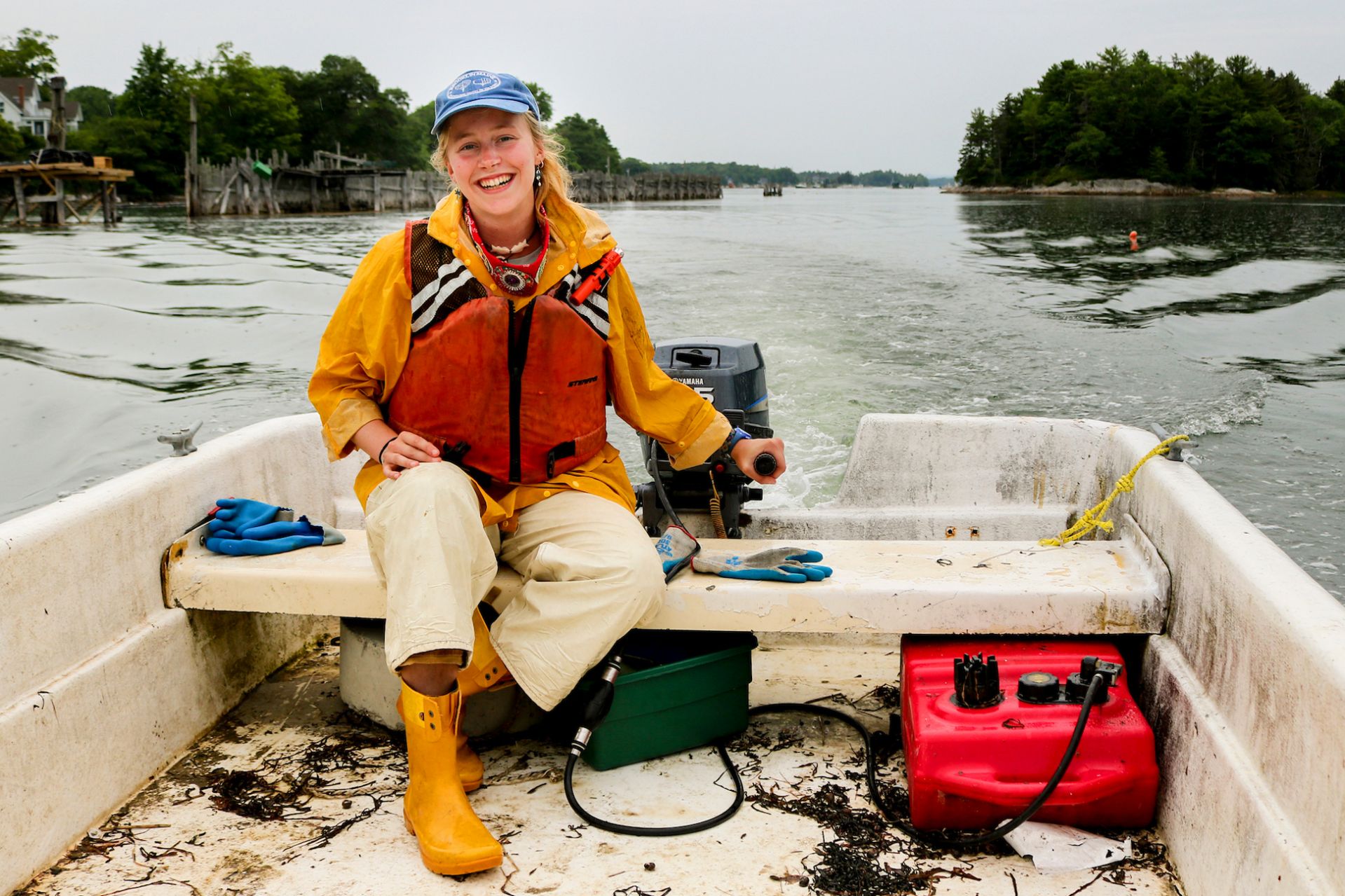
‘Unexpected’ Arctic night life found by Bates biologist Will Ambrose and fellow researchers
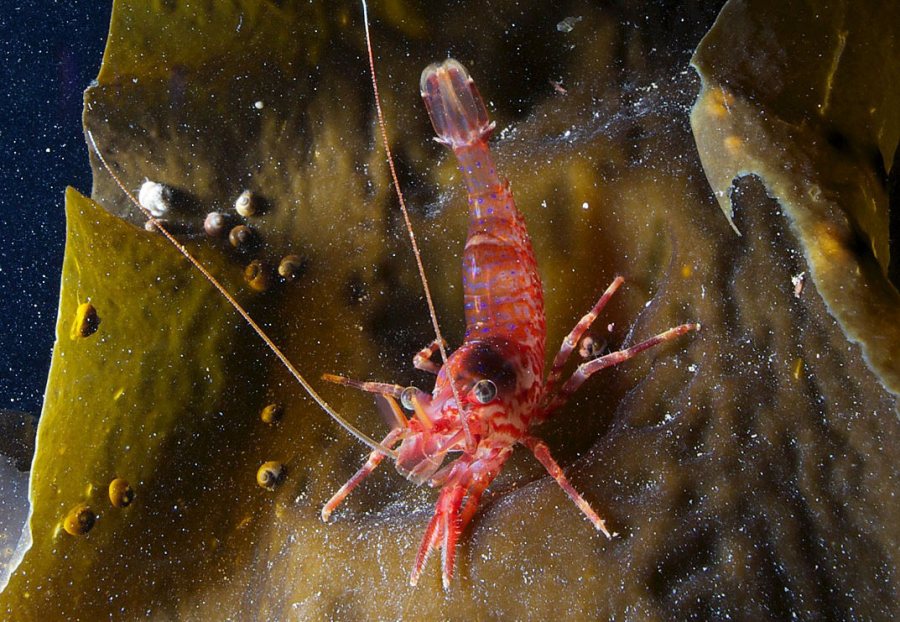
To the surprise of researchers, the Arctic ecosystem stays busy during the polar night. This shrimp, Lebbeus polaris, is seen on the blade of a kelp species. (Geir Johnsen NTNU/UNIS)
“Sleep…in silent darkness born,” wrote the 16th-century poet Samuel Daniel, using verse to express a fundamental notion about life on this planet: that nighttime is a close cousin of slumber and quietude.
But in this era of climate change, longstanding truths fall by the wayside.
For example, the researchers who study marine life around Svalbard, a Norwegian archipelago in the high Arctic (79 degrees north latitude), used to suspend their fieldwork each winter when night lasts from October to February.
They believed that darkness put the ecosystem to sleep.
But over the last three winters, a group of about 100 scientists, including Bates Professor of Biology Will Ambrose, have proven that assumption wrong.
Their surprise at their discovery, published recently in the journal Current Biology, is right there in the title of their paper: “Unexpected Levels of Biological Activity during the Polar Night Offer New Perspectives on a Warming Arctic.”
The findings, notes the paper, “unequivocally oppose the classical paradigm of an ecosystem in resting mode” during the polar night.
As the BBC said in a story, the researchers saw that “many species of tiny critters were actively reproducing, shellfish continued to feed and grow, and even many species of predators were still chasing down their meals.”
Some seabirds, too, are staying around rather than flying south, fishing for meals in the pitch dark.
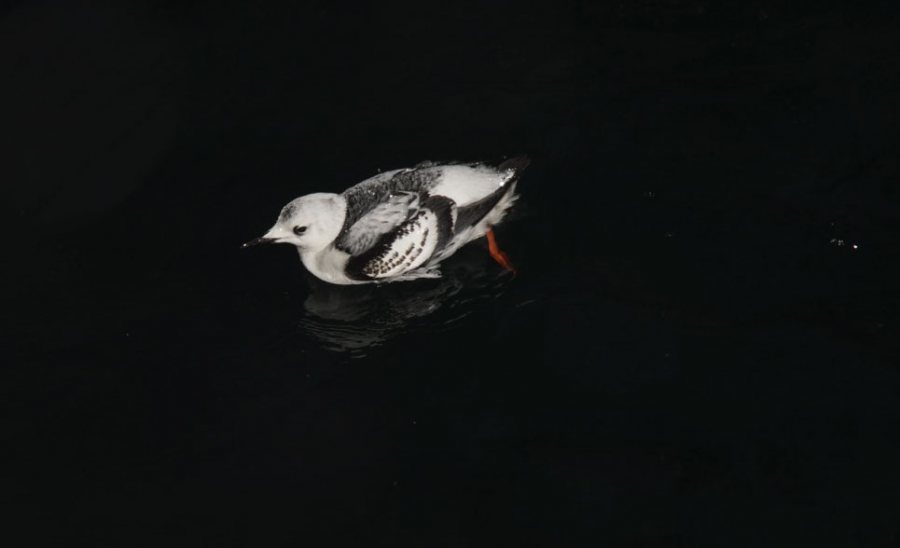
Bird species, like this black guillemot, were observed foraging for food in complete darkness. That activity, the researchers say, raises a question: How is it that species known to be “visual predators other times of the year” can “find their prey during the polar night”? (Geir Johnsen NTNU/UNIS)
The paper’s title also indicates that any findings must be considered against the backdrop of global climate change, even if the role of our warming planet in their discoveries is unknown. “Low ice cover and warm water temperatures alone do not explain our observations,” the researchers say.
The warming Arctic did affect the project in one basic way, said lead researcher Jørgen Berge of UiT the Arctic University of Norway. The project, based in and around a Svalbard fjord, would not have been possible a decade ago because “the fjords would freeze up at that time of year,” he told the BBC.
Ambrose, who is currently on leave from Bates as a National Science Foundation program director in charge of the Arctic Observing Network program, is one of the lead authors of the paper.
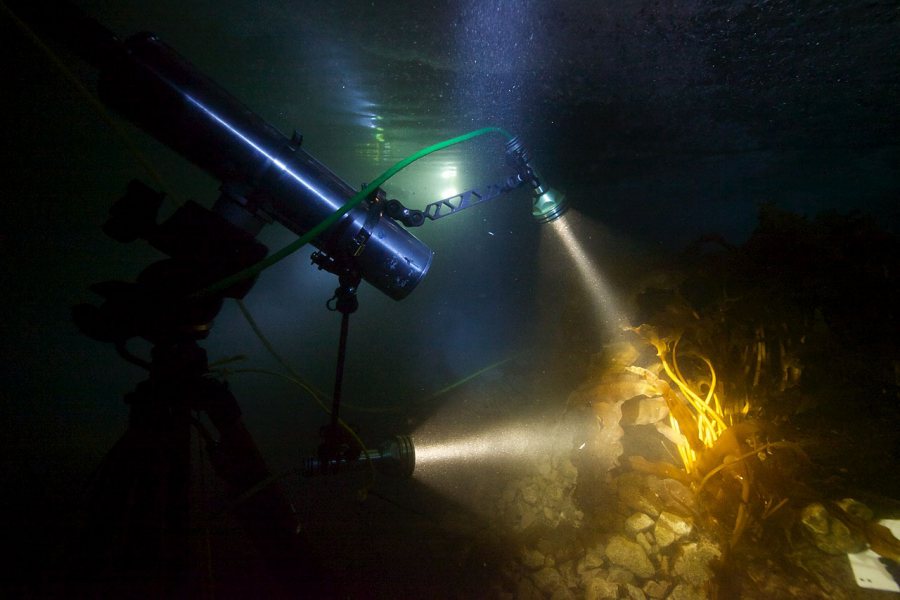
Researchers used a prototype hyperspectral imager, which collects and processes information from across the electromagnetic spectrum, to create optical “fingerprints” of different species on the sea floor during the polar night. (Geir Johnsen NTNU/UNIS)
He contributed one of the paper’s major findings, that clams, Ambrose’s specialty, continued to grow during the long and dark winter. “The continual growth of the bivalves really surprised me,” Ambrose says.
The clam data are part of a larger project dubbed “Talking Clams,” in which researchers are receiving “continuous data on the behavior and growth” of bivalves from the area, “delivered by means of a data connection.”
(It’s called high-frequency noninvasive valvometry, where electrodes attached to the mollusks’ valves tell scientists when the valves move, which can indicate stress, a pollutant, or a change in water quality or temperature.)
Mostly, the Svalbard researchers want to emphasize that, in Ambrose’s words, “many of the generalizations about the functioning of the Arctic marine ecosystem need to be re-evaluated.”
“Patterns and processes occurring during the important spring bloom”— a time of rapid growth of phytoplankton, a food source for other organisms higher on the food chain — “are impossible to fully comprehend without a thorough understanding of the polar night,” he adds.
And as these Arctic scientists are rethinking fundamental ideas about darkness and ecosystems, they’re also having to adjust how they think about seasons in general.
At least in the Arctic, basic routines of marine life, like reproduction or migration, may someday stop being linked primarily with the changing seasons. That time “will come,” say the researchers.
